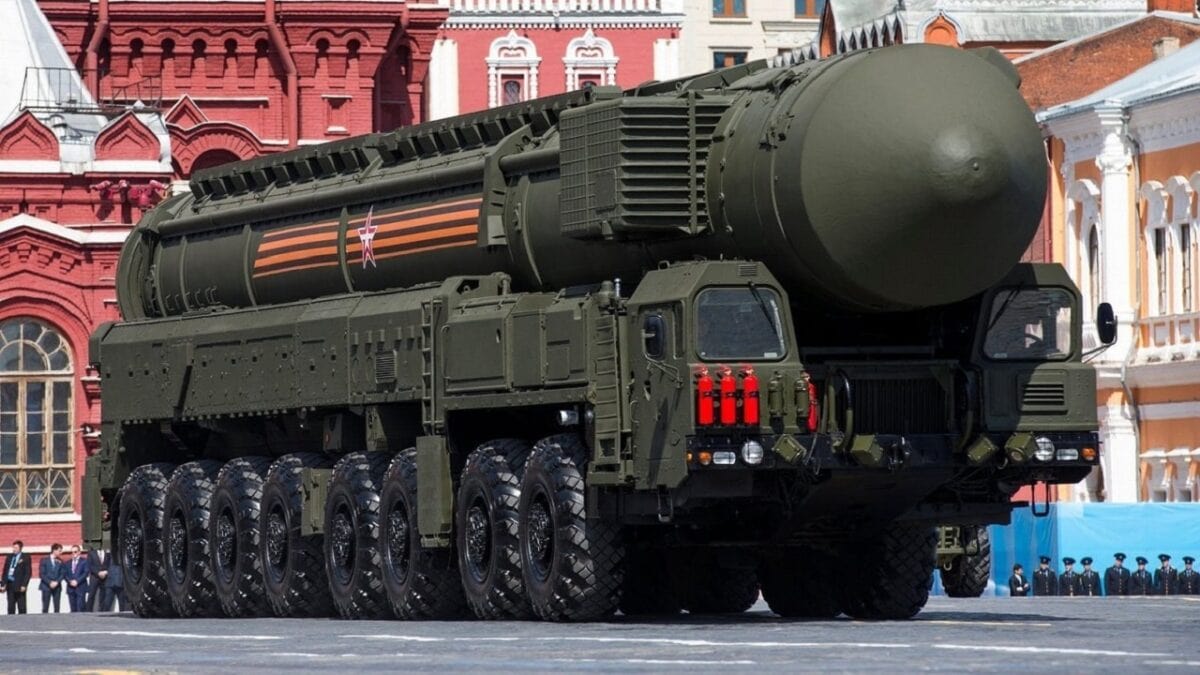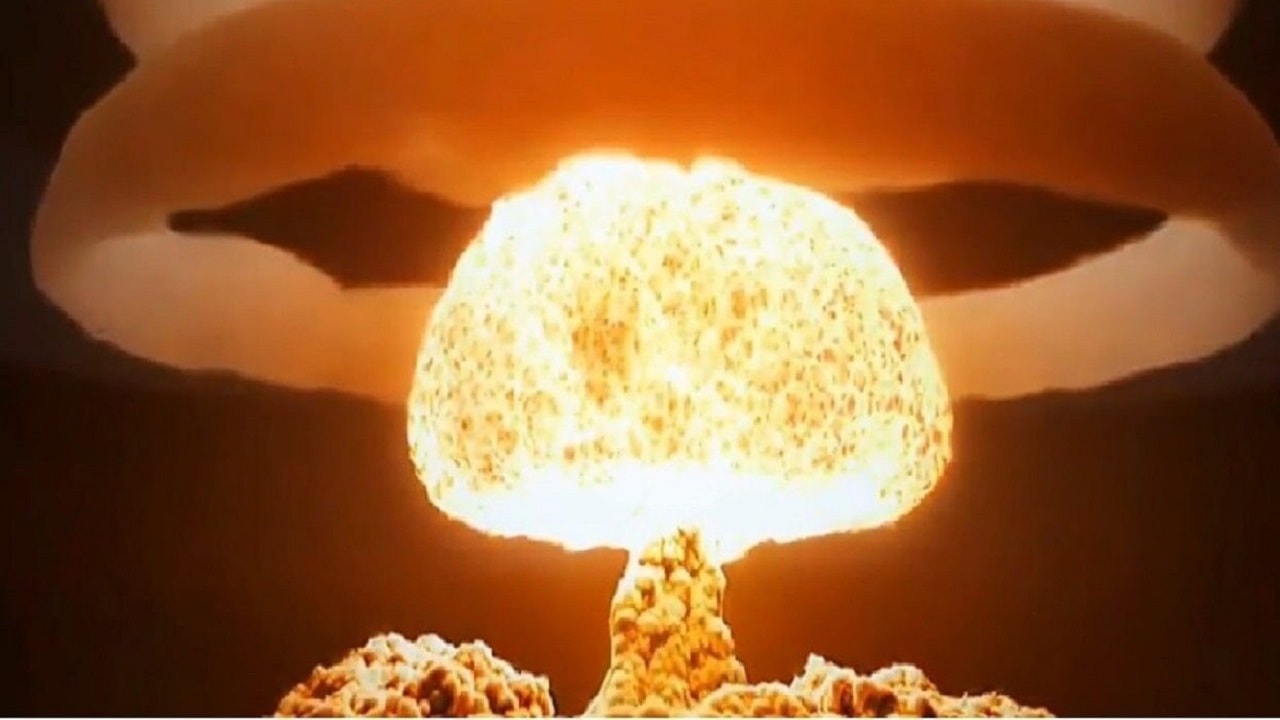While it might be hard to fathom, a nuclear war would mean the death of millions of people in what would be only minutes:
Russian forces attacked Ukraine with missile strikes and shelling on Februar, kicking off a dramatic escalation of the conflict in the region. Russia has launched thousands of missiles since the start of the attack, a senior US defense official said at a Friday news briefing.
At least 5,500 civilians have been killed in the fighting, according to the latest count from the United Nations High Commissioner for Human Rights, and millions of Ukrainians have fled the country, becoming refugees.
And on August 24, Ukrainians marked six months of Russia’s gruesome invasion into the country.
Security experts hope the conflict won’t broaden to include other countries or devolve into a full-fledged world war. In a speech on Tuesday, President Joe Biden said the US had “no intention of fighting Russia” but added: “The United States and its allies will defend every inch of NATO territory.” The US belongs to NATO, a military alliance consisting mostly of European countries, but Ukraine does not.
A nuclear strike is unlikely but not altogether implausible, experts told Insider.
“I hope it doesn’t escalate, and I think there’s a good chance that it doesn’t, but the risk is real whenever nuclear-armed states are engaged in conflict with one another,” Tara Drozdenko, the director of the Union of Concerned Scientists’ Global Security Program, told Insider.
“Ukraine doesn’t have nuclear weapons, so the risk of nuclear war in this scenario is if, somehow, the conflict escalated to pull in NATO countries or the US,” she added. “That raises the risk of nuclear confrontation because some of the NATO countries have nuclear weapons.”
The US has about 5,500 nuclear weapons, while Russia has about 6,000, according to the Federation of American Scientists. Drozdenko said US nukes generally had explosive yields equivalent to about 300 kilotons of TNT, while Russian nukes tended to range from 50 to 100 kilotons to 500 to 800 kilotons, though each country has more powerful nuclear weapons.
“Modern weapons are 20 to 30 times more powerful than the bombs dropped on Hiroshima and Nagasaki,” Drozdenko said, adding: “If the US and Russia launched everything that they had, it could potentially be a civilization-ending event.”
Death, starvation, radiation poisoning, and 3rd-degree burns
A single nuclear weapon can easily wipe out an entire city, Kathryn Higley, a professor of nuclear science at Oregon State University, told Insider.
“It’s really hard to say, ‘Well, this city will survive and that city won’t,'” she added. “It’s very, very dependent on weapon size, what the topography looks like, where they detonate it, who’s upwind, who’s downwind.”
When a nuclear bomb strikes, it sets off a flash of light, a giant orange fireball, and building-toppling shockwaves. People at the center of the explosion (within half a mile for a 300-kiloton bomb) could be killed right away, while others in the vicinity could suffer third-degree burns. A 1,000-kiloton nuclear blast might produce third-degree burns up to 5 miles away, second-degree burns up to 6 miles away, and first-degree burns up to 7 miles away, according to one estimate from AsapScience. People up to 53 miles away could also experience temporary blindness.
“Say you’re in a city, and you are far enough away from the blast center that you don’t get a lethal dose of radiation — you are very likely going to be injured by a falling building or have third-degree burns over a large portion of your body,” Drozdenko said, adding: “There are not enough empty burn beds in all of the United States to deal with even a single nuclear attack on one city in the US.”
Nuclear explosions also produce clouds of dust and sandlike radioactive particles that disperse into the atmosphere — what’s referred to as nuclear fallout. Exposure to this fallout can result in radiation poisoning, which could damage the body’s cells and prove fatal.
Fallout can block sunlight, causing temperatures to drop dramatically and shortening the growing season for essential crops. Drozdenko said crop production could be drastically altered for decades, which would result in famine in some places.
If a nuclear weapon hit Washington, DC, it could kill about 300,000 people
If a 300-kiloton nuclear weapon were to strike a city the size of Washington, DC, many residents wouldn’t survive, and some nearby residents would face devastating injuries.
“A lethal dose of radiation would cover pretty much most of the city and a little bit into Virginia,” Drozdenko said. “The thermal radiation, the heat, is going to go all the way out into parts of Maryland, a little farther into Virginia, and all those folks within that area are going to have third-degree burns.”
Drozdenko estimated that a single nuclear weapon could kill about 300,000 people in the Washington area and injure as many more. Multiple weapons could put the death toll in the millions, she said, depending on how many bombs fell and how powerful the blasts were.

Russia’s road-mobile ICBMs that carry nuclear weapons.
“The bigger the weapon, the bigger the radius,” she said.
The fallout of a nuclear bomb also depends on how a country chooses to detonate it.
If the weapon struck land, the explosion would produce more radioactive fallout as dirt and other materials were thrown into the atmosphere. But if a country detonated the bomb midair, the shockwaves would bounce off the ground and amplify one another, Drozdenko said, which would result in a much larger area of destruction. This “airburst” could also send radioactive materials as high as 50 miles into the atmosphere, according to the Environmental Protection Agency.
Countries rely on simulations and weapon tests to anticipate these effects, but it’s difficult to know how a modern-day nuclear attack would play out in real life.
“There’s no historical precedent for this at all,” Drozdenko said, adding: “The only time nuclear weapons have been used in a conflict is World War II.”
Aria Bendix is a Senior Reporter at Insider (where this first appeared), covering science and health. Azmi Haroun is Insider’s Courts Reporter based in Los Angeles, California.

